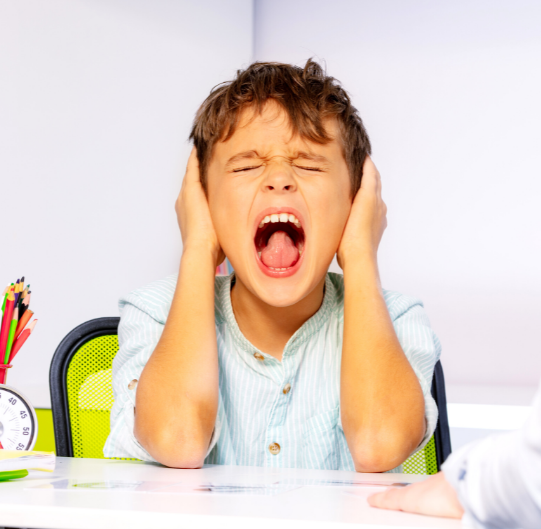“A child seldom needs a good talking to as a good listening to”. ~Robert Brault
If we are able to listen, we will see that our children’s behaviors are telling us something. Their big tears, loud screams and stomping feet communicate that they are tired, angry or scared. The challenge is that when they are in this state, they need help calming down.
Last week I wrote about acknowledging children’s feelings as a way to demonstrate empathy, increase their emotional understanding and to help calm them down. In addition to acknowledging feelings, there are several ways to help children learn to manage their feelings.
Modeling healthy ways to manage your feelings is a very effective way to teach children. If your child watches you yelling when you are angry, that is probably the tool they will use for expressing their anger as well. However, if you express your feelings using calm words, your child will learn how to communicate their feelings calmly too. For more on modeling read this post.
Often children are frustrated because they don’t feel like people understand them and they don’t know how to communicate their feelings or needs. Teaching our children communication tools can be an effective way of reducing their frustration and helping them manage their feelings.
Another way to help children manage their feelings is to give them alternative behaviors (or coping skills). I taught my son at a young age how to take deep breaths when he starts to become agitated. It is amazing how it continues to help slow him down, shift his mood and can even make him smile. When things start to become tense, we take deep breaths together and it helps us both to calm down. Pay attention to what seems to calm your child…is it singing, whispering, or hugging? Then, listen for when your child is telling you he/she needs help calming down, and encourage him/her to use these tools.
Here are some ways play can help increase emotional intelligence:
* Hide- and- Go Seek reinforces connection and reduces separation anxiety.
* Jumping Jacks and movement can shift your child’s mood (and yours!).
* Red Light, Green Light teaches emotional regulation.
* Laughing and tickling release negative feelings.
* Hugging releases oxytocin which can reduce stress and elevate mood.

